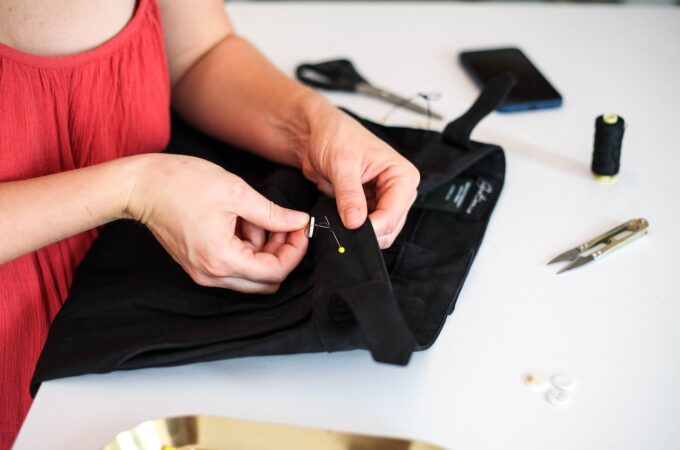
How To Use Ladders Safely When Doing DIY
Using a ladder may seem like a simple thing, but using it incorrectly is the cause of many injuries and several deaths every year, particularly in the home. It’s important to use the right type of ladder for the task at hand, and to make sure you are using the ladder in the safest, most responsible way possible. Here’s our guide:
The Types of Ladders
For DIY and home users, there are really only three main types of ladders that matter:
Stepladders are the ones that look like giant ‘A’ shapes. They provide a good amount of stability and are self-contained — you don’t need to lean them against a wall or other structure. They’re typically relatively short and designed for tasks like painting, decorating, changing lightbulbs, etc.
Traditional runged ladders, including extending ladders, are the ones that need to be propped against a supporting surface. They are typically a lot longer than step ladders (although short models can be found) and are great for tasks like cleaning gutters, accessing roofs and house painting, pointing or general repairs at height.
Combination ladders not only provide a combination of the features of step and traditional ladders, but they also allow you to work on areas where the floor is uneven — in stairways, for example.

Materials
Ladders for home use are typically made out of wood, fibreglass or aluminium. For a wooden ladder, make sure before you use it that the wood is dry, not rotted through or weakened, and that rungs are still securely attached. Fibreglass and aluminium ladders are lighter and more durable but you’ll need to still make sure that the treads are undamaged. Check that the feet of the ladder are also in good condition, so the ladder does not slip out from under you when in use.
Safe Use
Whenever you’re using a ladder, always position it on a stable, even surface.
If it’s a traditional runged/extended ladder, make sure that the supporting surface is also stable, and not slippery or weak — don’t ever lean it on guttering or windows, for example. If you’re using the ladder to get on your roof, make sure to leave a couple of rungs above the roof so it’s easy to get on and off the ladder.
For stepladders, there are usually locking arms between the two sides, as well as a platform at the top which should lock into place — never use the ladder without all three of these in the locked position, or the ladder is likely to fold up underneath you.
Never stand on the top rungs or platform of any of these types of ladders. You’re significantly more likely to over-reach, over-balance and injure yourself, and you can’t keep three points of contact — where you always have both feet and at least one hand on the ladder. Try and leave at least the top three rungs clear.
If you are conducting work that might cause you to over-balance —side-on drilling through bricks, for example — either try and avoid using a ladder if possible, or have the ladder tied in place or supported by an additional person.
Always bear in mind that the ladder (and each rung) has a maximum load capacity. Don’t try to carry too much weight up the ladder, as it increases your chances of over-balancing and of any loose or weaker rungs breaking.
It’s tempting to try and turn around on your ladder, particularly a step ladder, but you should always remain facing the rungs. This not only allows you the three points of contact, but it also minimises the risk of slipping and falling while turning.
Lastly, if you’re working on electricals, as well as turning off mains/lighting rings try and use a fibreglass ladder as this non-conductive material will provide some shock protection.




